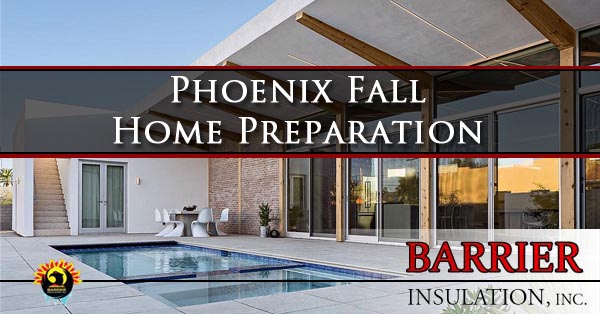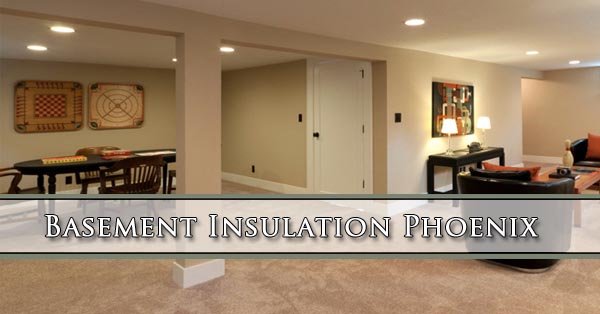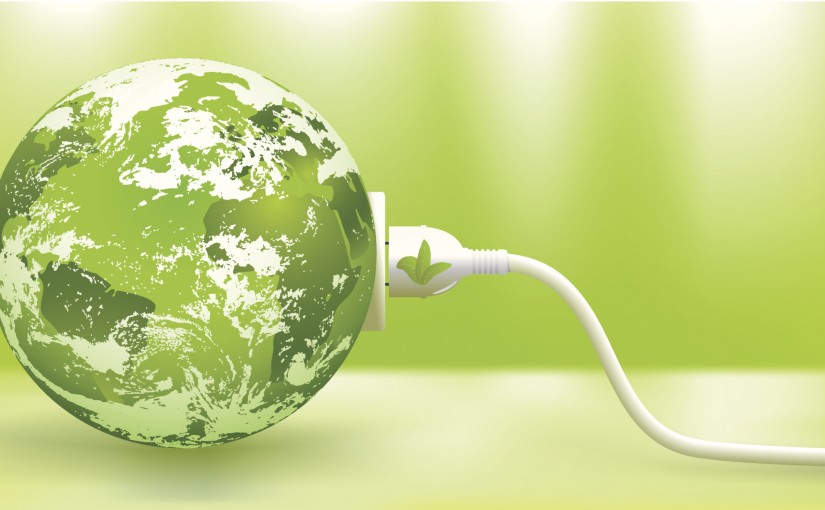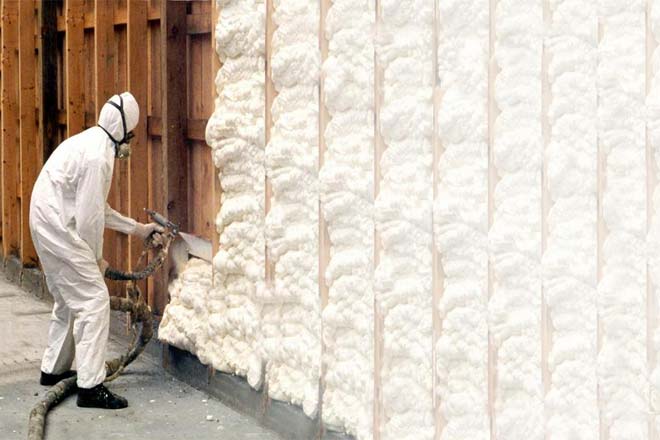
Fall has arrived in the Valley of the Sun and overnight temperatures are starting to get into the 50’s. Daytime highs are still plenty comfortable, but nights are starting to get colder. This is the best time of year to get your home ready for the colder season. The holidays are already a busy time and November is a great time to get all of your home fall home preparation done in Phoenix.
Exterior Fall Home Preparation
The outside of your home needs some attention and inspection to be ready for the cold weather.
Take Care Of Trees – One of the biggest dangers to your home can be trees that are growing too close. They either hang over the roof or are right up against the wall. You don’t want the wind causing the branches to scrape against the house. There is also a danger of strong winds and a bad branch to break off and cause damage to your roof. Get your trees trimmed away from the house, and power lines. Many times the city will take care of the trees near your power lines for free, just call and let them know you think there might be a problem.
Check Your Roof – You can do a basic inspection of your roof from the ground. Look for areas where roofing material looks loose, or is missing. Keep an eye on your flashings too, they butt up against the chimney, walls, surround exhaust pipes and lay in valleys. They are a critical part of keeping you roofing in good condition.
Get The Chimney Swept – If you have a wood burning fireplace that you like to use during the winter, now is a good time to get it cleaned. While burning wood there are flammable materials and gases that go up through your chimney. Over time they collect on the chimney walls and have a potential for ignition. This can be a very dangerous situation if you have a chimney fire. Animals can also decide to create homes in your chimney so having it cleaned out protects you from having problems.
Clean Your Gutters – Leaves, twigs, and all sorts of blown debris can end up in your gutters and cause water to seep into your roof. Make sure you get a ladder or hire someone to clean out your gutters to prevent damage to your attic or insulation. Water left standing also poses a mold issue so take it serious when you are caring for your gutters and attic.
Interior Fall Home Preparation
Taking care of the outside of your home is important, but don’t miss these steps to shore up the interior of your home and help you stay safe and warm.
Look For Drafts – Drafts are energy killers and will cost you both in summer and winter. We pay plenty to the power and gas companies as it is. You will stay warmer and save on your bills if you take the time to find areas where the air is getting out of your house. Drafts are usually coming in at cracks and gaps. Common places to look for them are plumbing vents, wiring holes, recessed lighting, attic hatches, and knee walls. This is a great time of year to caulk or seal up there gaps and help your home be more airtight.
Insulate To Save – Insulation is a big part of keeping your home comfortable in summer and winter. During the winter the heat from your home will attempt to flow through walls and into the adjacent unheated rooms. This includes the attic, basements, garages, and even simply out the walls of your home. Not having proper insulation makes your air conditioner work harder in summer, and your heater in winter. Thermal performance inspections by local insulation contractors help ensure that insulation is up to the task.
Home Safety Check – Fall is a great time to take a look at the safety device in your home. You should replace the batteries in your carbon monoxide detectors, smoke detectors, and heat sensors. With fall and winter being the time of year where there will be chestnuts roasting over the fire, you want to be sure you and your family are safe.
Phoenix Insulation Contractors
If you are worried about your energy bills and think it is your insulation that is at fault the experts at Barrier Insulation can come and help you with an inspection. They can help you prepare for the colder weather that is on it’s way and help you install insulation that will help lower your energy bills every month of the year. Call today to stay more comfortable and have lower energy bills.


